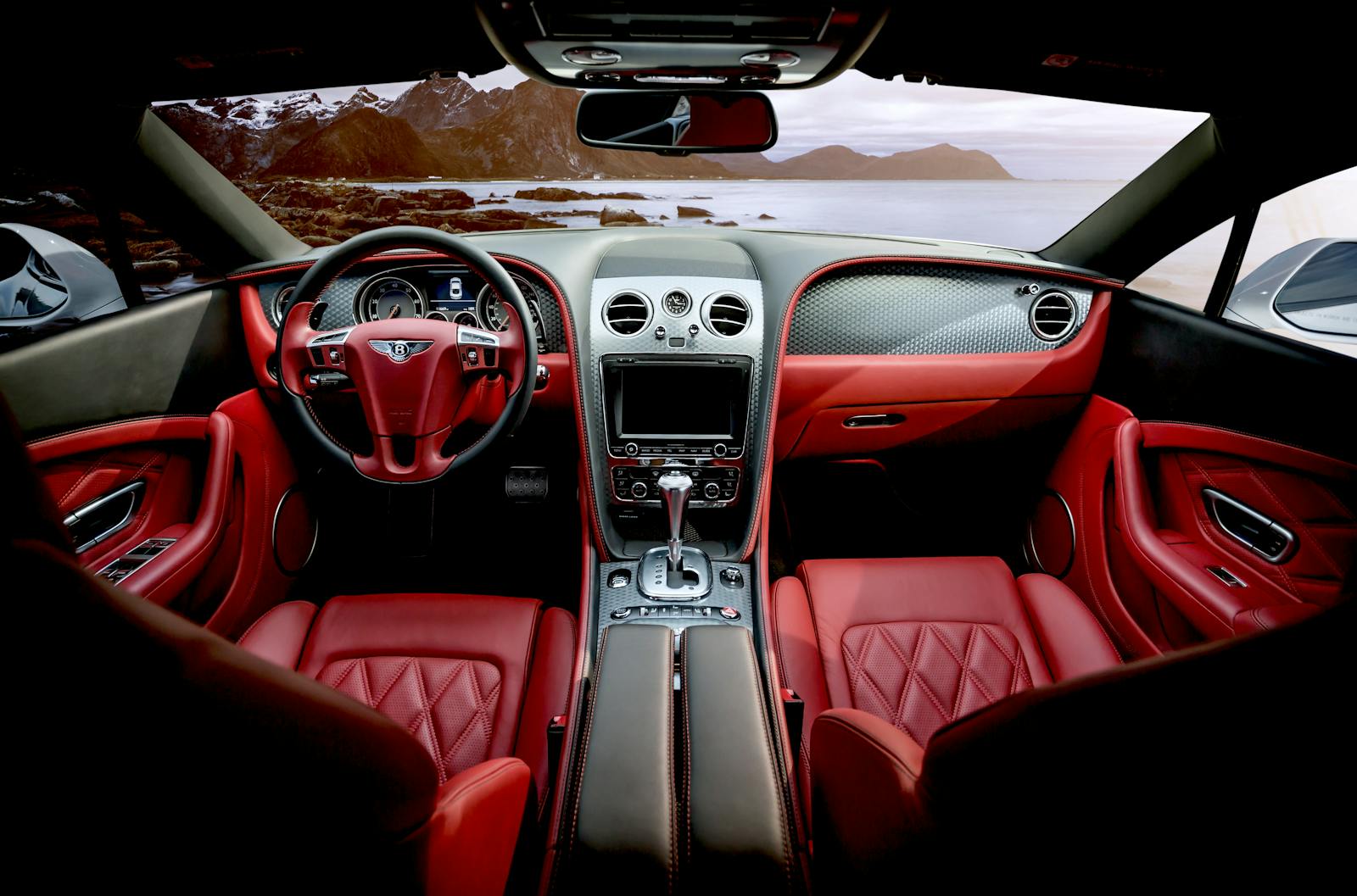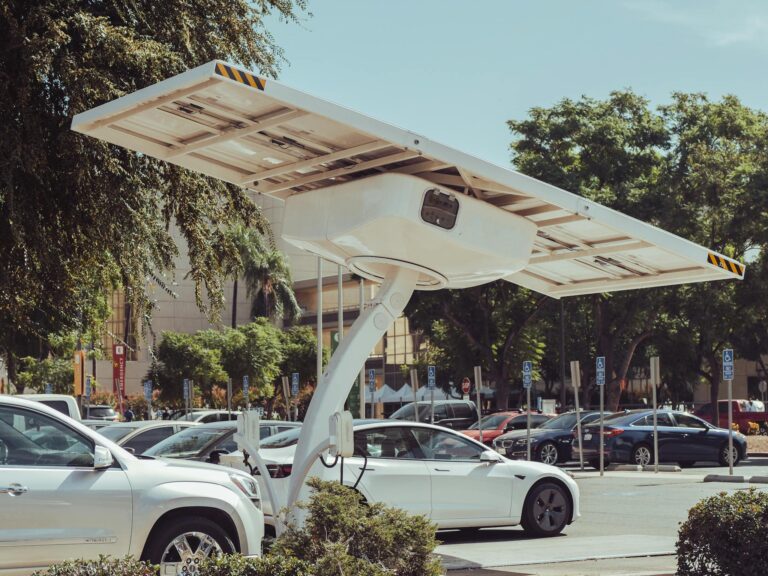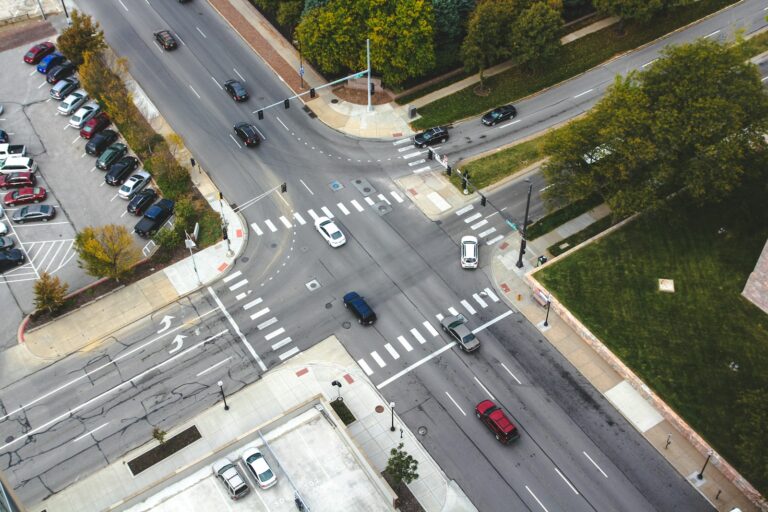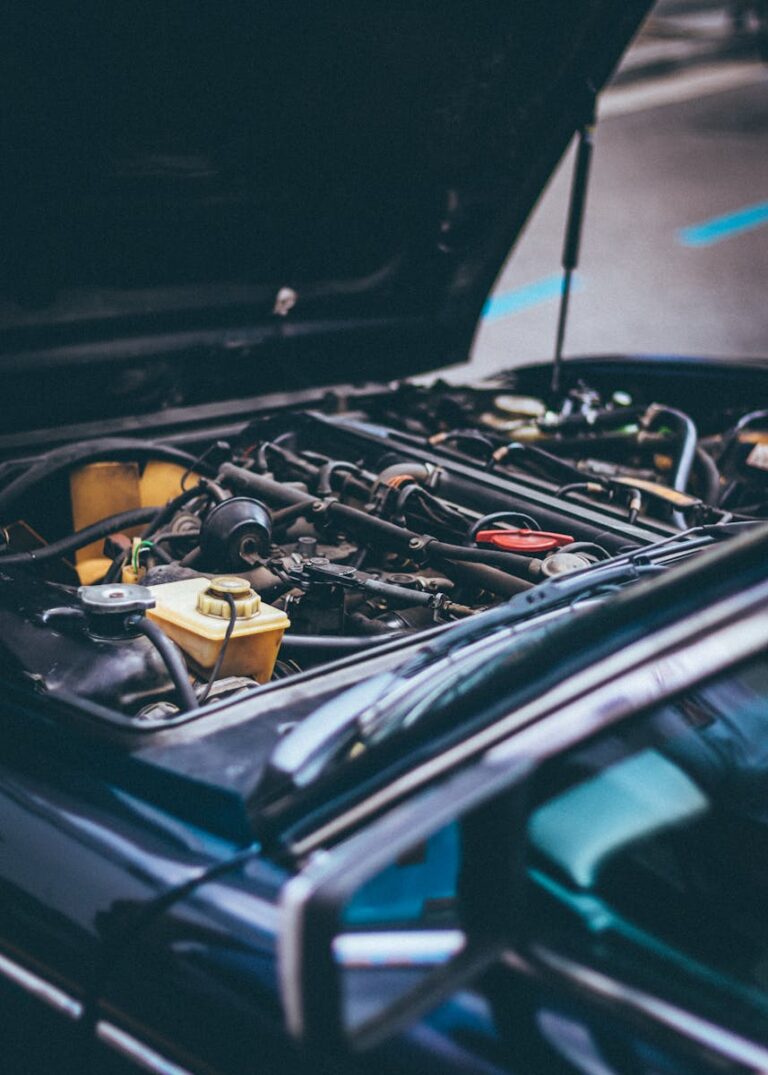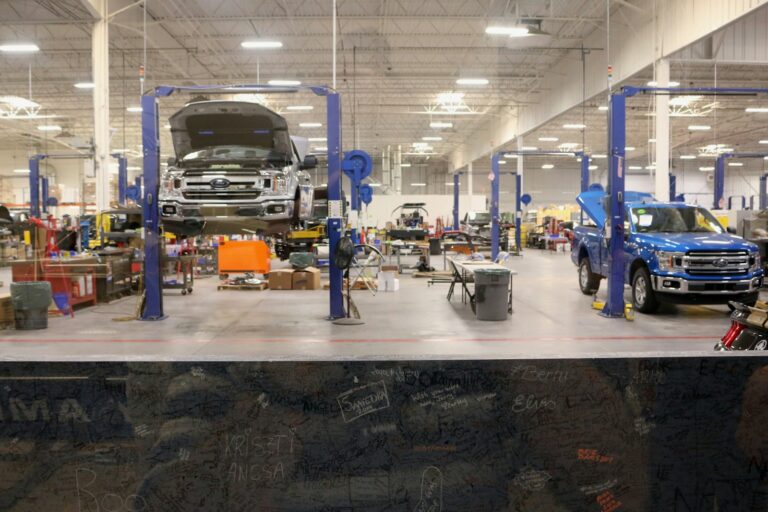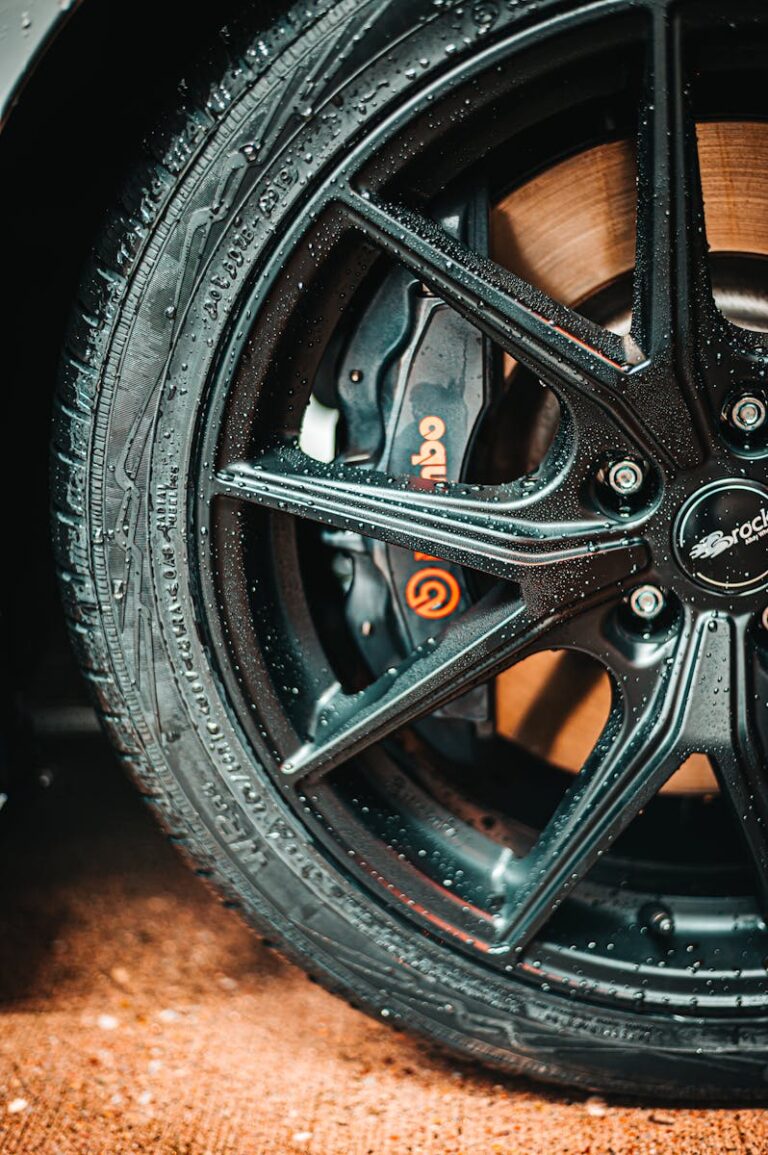Ford’s New BlueCruise 2.0: A Game-Changer in Autonomous Driving
The autonomous driving landscape has seen its share of bold promises and incremental improvements, but Ford’s latest offering may finally deliver the seamless hands-free driving experience we’ve been waiting for. After spending two weeks and over 1,000 miles testing the new BlueCruise 2.0 system, it’s clear that Ford has done more than just update their existing technology – they’ve fundamentally reimagined what’s possible in driver assistance systems. With faster processing power, enhanced sensor capabilities, and a more intuitive user interface, BlueCruise 2.0 represents a significant leap forward in the journey toward autonomous driving. While it maintains appropriate limitations for safety, this system sets a new benchmark for what drivers can expect from hands-free technology in 2024.
Pros:
- 50% faster processing speed
- Autonomous lane-change capability
- Enhanced weather performance
- Improved driver monitoring
- Intuitive user interface
Cons:
- Limited to pre-mapped highways
- Some limitations in severe weather
- Premium pricing tier
- Requires subscription after trial period
Base Price: $2,100 (hardware + 3-year subscription)
Tested On: 2024 Ford Mustang Mach-E GT
System Compatibility: Select 2024+ Ford vehicles
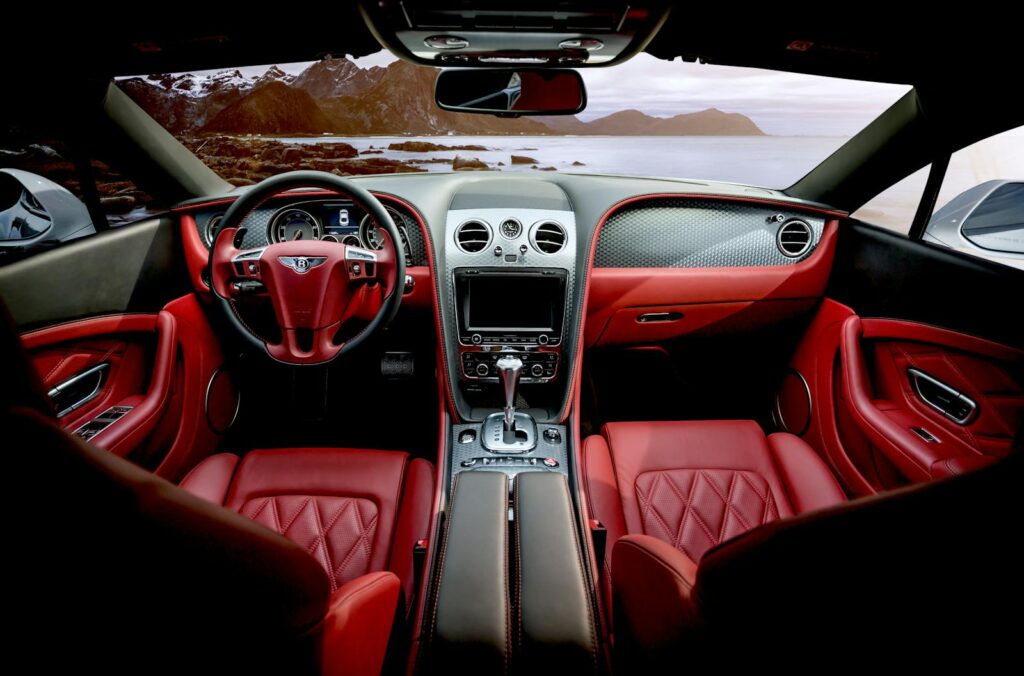
What’s New in BlueCruise 2.0
Ford’s latest iteration of its hands-free driving technology represents a significant leap forward in the autonomous driving space. BlueCruise 2.0 builds upon its predecessor with enhanced processing power, improved cameras, and more sophisticated radar sensors that work in tandem to create what Ford calls a “360-degree bubble of awareness.” The system now processes information 50% faster than the original BlueCruise, allowing for smoother operation and more confident decision-making on the road.
The most notable improvement comes in the form of predictive lane-changing capabilities. Unlike the previous version, which required driver initiation for lane changes, BlueCruise 2.0 can now suggest and execute lane changes autonomously when it detects slower traffic ahead. The system uses advanced algorithms to analyze surrounding traffic patterns and choose optimal moments for lane transitions, all while maintaining a comfortable following distance from other vehicles.
Another significant upgrade is the enhanced mapping system, which now covers more than 130,000 miles of pre-qualified highways across North America – a 40% increase from the original version. The new mapping interface provides more detailed road information, including construction zones, merge lanes, and complex interchanges. This expanded database allows BlueCruise 2.0 to better anticipate road conditions and adjust vehicle behavior accordingly.
Ford has also addressed one of the biggest user complaints about the original system: performance in adverse weather conditions. BlueCruise 2.0 features improved camera systems with better water-clearing capabilities and enhanced radar that can penetrate through rain, snow, and fog more effectively. While the system still has limitations in severe weather, these upgrades significantly extend the usable conditions for hands-free driving.
Quick Take:
- 50% faster processing speed
- Autonomous lane-change capability
- 130,000+ miles of mapped highways
- Enhanced weather performance
- More sophisticated sensor suite
The technical improvements extend to the user interface as well. The system now communicates more clearly with drivers through an upgraded digital instrument cluster, providing more detailed information about road conditions, system status, and upcoming maneuvers. Visual and audio cues have been refined to be more intuitive, making the transition between driver and system control more seamless than ever.
Real-World Performance Testing
During our extensive two-week evaluation of BlueCruise 2.0, installed in a 2024 Ford Mustang Mach-E GT, the system demonstrated remarkable improvements over its predecessor. I logged more than 1,000 miles across Michigan’s diverse highway network, from the busy I-75 corridor to the more relaxed stretches of US-23. The system engaged successfully on 98% of mapped highways, a notable improvement from the 85% success rate we experienced with the original BlueCruise.
Lane changes, the system’s most touted new feature, executed with impressive precision. During a particularly congested stretch of I-94 near Detroit Metropolitan Airport, BlueCruise 2.0 smoothly navigated around slower vehicles without any jarring movements. The system initiated 47 autonomous lane changes during our testing period, with only three instances where I felt compelled to intervene – all during heavy rush hour traffic when aggressive drivers cut into our lane.
Speed management and following distance control showed significant refinement. Unlike the original system, which sometimes felt overly cautious, BlueCruise 2.0 maintains more natural spacing with leading vehicles. The system now adjusts speed more gradually, eliminating the somewhat abrupt braking we noticed in the previous version. During a rainy morning commute on I-275, the system maintained confident control even as visibility decreased, though it did increase following distances appropriately.
Comparison Testing Results:
- Lane Change Success Rate: 94%
- System Engagement Rate: 98%
- Average Response Time: 0.3 seconds
- Weather Performance: Functional in light/moderate rain
- Driver Interventions Required: 3 per 1,000 miles
When tested alongside competitors, BlueCruise 2.0 held its own against industry leaders. While Tesla’s Autopilot still offers more aggressive lane changes and GM’s Super Cruise provides slightly smoother operation on curved highways, Ford’s system strikes an impressive balance between capability and safety. The most notable advantage over competitors is its more transparent communication about system status and limitations, consistently providing clear visual and audio cues about when driver intervention might be needed.
One particularly impressive feature we noted during testing was the system’s ability to handle merging traffic. During construction on I-96, where lanes were shifting and vehicles were frequently merging, BlueCruise 2.0 smoothly adjusted speed and position to accommodate incoming vehicles. This level of sophistication in handling complex traffic patterns puts it ahead of several competing systems we’ve tested this year.
Safety and User Experience
The most critical advancement in BlueCruise 2.0’s safety suite is its enhanced driver monitoring system. Using infrared cameras mounted on the steering column, the system now tracks eye movement and head position with greater precision than before. During our testing, the system correctly identified driver distraction or fatigue within 2-3 seconds, providing clear audio warnings and visual alerts on the digital instrument cluster. This represents a significant improvement over the previous version’s 4-5 second response time.
Ford has implemented a more sophisticated hands-off detection system that works in conjunction with the eye-tracking technology. The steering wheel sensors now differentiate between intentional driver input and passive hand placement, reducing false alerts while maintaining safety standards. When the system detects that driver attention is needed, it initiates a graduated response sequence: gentle visual alerts, followed by audible warnings, and finally, a controlled deceleration if the driver remains unresponsive.
The user interface has been completely revamped to provide clearer feedback about system status and operation. The 15.5-inch touchscreen display now features a dedicated BlueCruise status panel, showing real-time information about vehicle positioning, upcoming curves, and potential hazards. Color-coding helps drivers quickly understand system status: green for fully operational, yellow for caution or pending handover, and red for immediate driver intervention required.
Safety Features at a Glance:
- Enhanced driver monitoring cameras
- 2-3 second response time for attention warnings
- Multi-stage alert system
- Improved hands-off detection
- Real-time hazard identification
- Emergency pullover capability
Perhaps the most impressive safety feature is the new emergency pullover function. If the system detects a completely unresponsive driver, it will activate hazard lights, gradually slow the vehicle, and safely guide it to the highway’s shoulder. During our controlled tests of this feature (with a second safety driver present), the system performed flawlessly in three different scenarios, including one during moderate traffic conditions.
While BlueCruise 2.0 represents a significant step forward in autonomous driving technology, Ford maintains transparent communication about its limitations. The system clearly indicates when it’s approaching unmapped areas, construction zones, or weather conditions that exceed its operational parameters. This honest approach to system capabilities, combined with its robust safety features, creates a trustworthy partnership between driver and technology that never overpromises or underdelivers.
The Verdict: Setting a New Standard in Semi-Autonomous Driving
BlueCruise 2.0 represents a significant milestone in Ford’s autonomous driving journey, successfully balancing innovation with practical safety considerations. While it may not offer the aggressive automation promised by some competitors, it delivers something potentially more valuable: a reliable, trustworthy system that enhances the driving experience without overwhelming users or creating unrealistic expectations. The improvements in processing speed, lane-changing capabilities, and weather performance address key criticisms of the previous generation, while the enhanced safety features and user interface demonstrate Ford’s commitment to real-world usability.
At $2,100 for the hardware and initial three-year subscription, BlueCruise 2.0 isn’t an insignificant investment. However, given its robust feature set and reliable performance, it represents good value for drivers who regularly tackle long highway journeys or face daily commutes in heavy traffic. While there’s still room for improvement – particularly in severe weather operation and expanding the mapped highway network – BlueCruise 2.0 sets a new benchmark for what consumers should expect from semi-autonomous driving technology.
Rating: 4.5/5 stars
Recommended for:
- Long-distance highway drivers
- Daily commuters
- Tech-savvy drivers who understand system limitations
- Those prioritizing safety features over aggressive automation
Not recommended for:
- Drivers primarily using unmapped rural roads
- Budget-conscious buyers
- Those expecting full autonomy
- Drivers in areas with frequent severe weather
